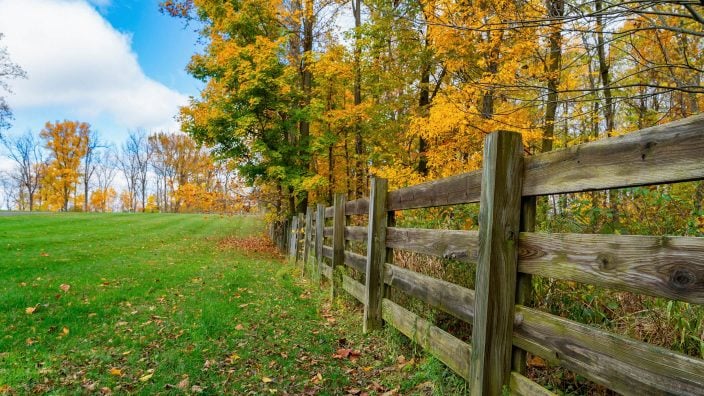Legal with Leah: A Drone Policy Update
Learn what the requirements are to legally fly a drone in Ohio as well as steps the Ohio Legislature has taken in terms of security concerns.
Read MoreIn this Legal with Leah, Ohio Farm Bureau Policy Counsel Leah Curtis answers the most common questions about Ohio laws regarding trees and property rights.
Can you trim a tree overhanging the property line? Who is liable if a tree from a neighboring property falls and damages your property? In this Legal with Leah, Ohio Farm Bureau Policy Counsel Leah Curtis answers the most common questions about Ohio laws regarding trees and property rights.
Listen to Legal with Leah, a podcast featuring Ohio Farm Bureau’s Policy Counsel Leah Curtis discussing topics impacting farmers and landowners.
Ty Higgins [00:00:00] It’s one of the most clicked articles on Ohio Farm Bureau’s website, because it pretty much affects everybody, whether you have trees on your property or your neighbor has trees on their property. Talking about trees and property rights and this one is personal to me as well. I’ve had some neighbor discussions and disputes about trees and needles and limbs and leaves. Boy, it just brings some questions. Very common questions we hear at Ohio Farm Bureau that we’re going to talk about with Leah Curtis. She’s policy counsel with Ohio Farm Bureau for this Legal with Leah. Hello.
Leah Curtis [00:00:31] Hello.
Ty Higgins [00:00:31] So I guess let’s just run down some of the questions that we get almost on a weekly basis about trees and property rights. The first one being, can I trim a tree overhanging the property line?
Leah Curtis [00:00:42] So as a lawyer, I’m going to tell you most these of questions are going to be an “it depends answer,” but yes, generally property owners can clear the airspace over their property with overhanging tree limbs. But you have to remember that your right is also limited by the right of your neighbor. And so you want to make sure you’re not trespassing while you’re doing this trimming. You don’t want to get on their property. You don’t want to put debris on their property, and you don’t want to trim the tree that is on their property. So the other thing to be careful of is making sure you’re not trimming to an extent that you are causing reckless damage to the tree as well. So you can trim it, but you do have to be careful about it.
Ty Higgins [00:01:17] So really it’s just a matter of being neighborly, but maybe bring an expert into the situation if you don’t know a lot about trees. Someone might be able to help you out there at the county level for sure. What can happen if I damage a neighbor’s tree?
Leah Curtis [00:01:28] So what the law says is you are prohibited from recklessly damaging a tree on another’s property without their permission. So this actually is a fourth degree misdemeanor. It can carry a penalty of up to $250 or 30 days in jail. In my time, I have not seen anybody go to jail for tree damage, but not saying it can’t happen. And then in addition to that penalty, the law says that if you violate that law, you can be subject to damages up to three times the worth of the tree. So those damages could be awarded through criminal prosecution and restitution, or someone could sue you in a civil lawsuit to get those damages as well. So kind of either way. So it really is that damage provision that’s the real biggie. Three times the value of a tree can be a lot of money, very quickly.
Ty Higgins [00:02:13] Let’s say a tree is right on that property line. Can I take care of it and get rid of it?
Leah Curtis [00:02:17] So this is where the law is really unclear. Under Ohio law, we’ve generally considered trees to be a part of the property. They’re not personal property, they’re real property. And so landowners are considered to have a right to that tree, even if it’s only halfway on their property. So it’s always the best practice to talk to your neighbor about this. If you want to remove a tree that sits on that property line, you can then also have a discussion about how you’re going to pay for it. If somebody needs to enter the property to safely remove the tree, how you’re going to dispose of the tree and the debris. Discussing all those details ahead of time is going to save you a lot of headaches, save you money, save you frustration and discussion afterwards.
Ty Higgins [00:02:54] My neighbors got a tree. It falls and it damages my property. Who’s liable there?
Leah Curtis [00:02:59] So preface that liability is always determined by a court looking at the individual situation. So we get the question about who’s liable about everything from trees to car accidents, whatever. We can never say who’s for sure going to be liable. But, typically courts have found that landowners are not liable for damage from a falling tree so long as they didn’t have a reason to believe the tree would fall. So if a tree is healthy, looks great, no problems, but it gets struck by lightning or a straight line wind comes in and blows it over. That’s probably not going to be a landowner’s responsibility. If instead that tree very clearly was dead or dying, you knew that it was infested with something that was going to make it fall down, there was a serious risk of it falling and causing damage. Then the landowner might have responsibility for the damage that’s caused.
Ty Higgins [00:03:43] This is literally happening in my neighborhood right now, and the neighborhood Facebook page is going crazy. The utility companies coming in and trimming trees on other people’s property. So can they be stopped?
Leah Curtis [00:03:54] So probably not. Utility companies typically have a right of way that allows them to maintain those trees to protect the utility infrastructure. We have to remember that we love our trees, but our trees can really wreak havoc on that utility infrastructure. And we’re very unhappy when that tree falls on the line and takes out our power. So typically that easement is going to allow them or right away is going to allow them to trim those trees. You should look at the easement on your property. You can do that by looking at your deed, the things that are recorded at the county recorder’s office. That should give you an idea of what the scope or extent of their rights are to trim those trees. This is true, even if utility has never come and trimmed. So we’ve had people call and say, Well, the tree has been there for 20 years. They’ve never trimmed it. Now they’re coming and trimming it and I don’t like it. If they have the easement, they most likely have that right, even if they’ve not exercised it in the past.
See more Q&A about trees and property rights, from Leah Curtis
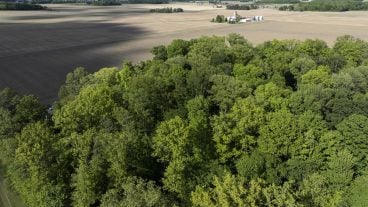

Learn what the requirements are to legally fly a drone in Ohio as well as steps the Ohio Legislature has taken in terms of security concerns.
Read More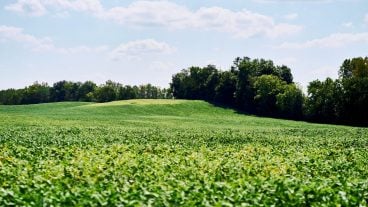
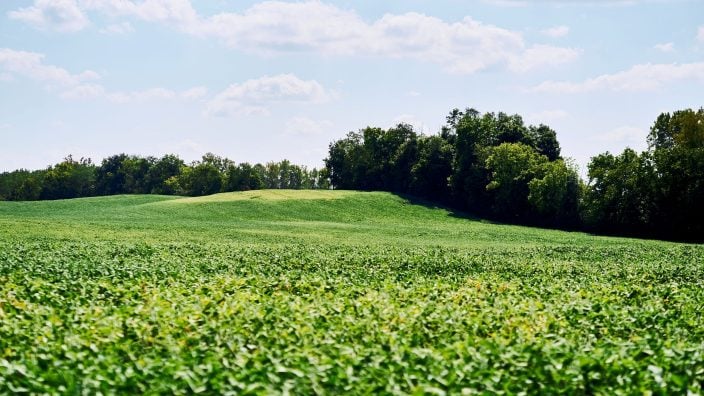
In 2025, about 21 counties are going through a reappraisal or update, and because Ohioans pay taxes one year behind, they will see new property tax bills in January 2026.
Read More

Any unlicensed handlers who use restricted use pesticides will need to have additional training. Farm Bureau will be working on legislation to give employers a choice on how to provide training.
Read More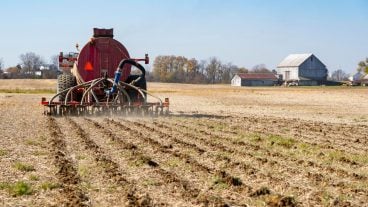
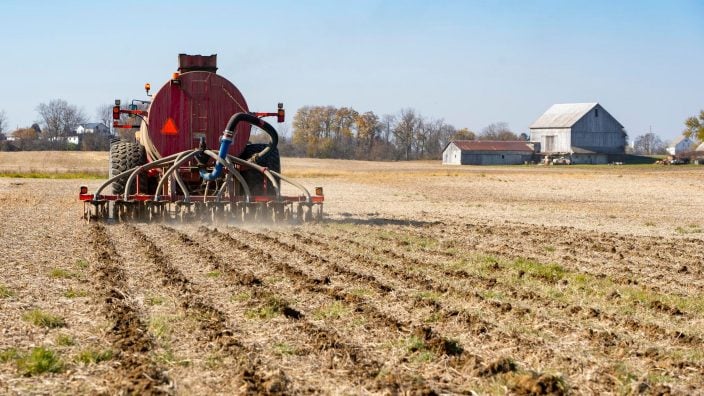
Current Agricultural Use Value is often discussed as a farmland preservation tool, but there are some other tools in the law that landowners can consider.
Read More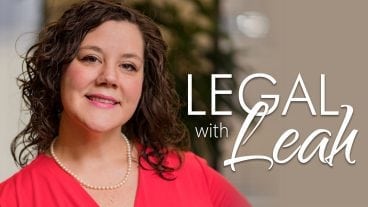
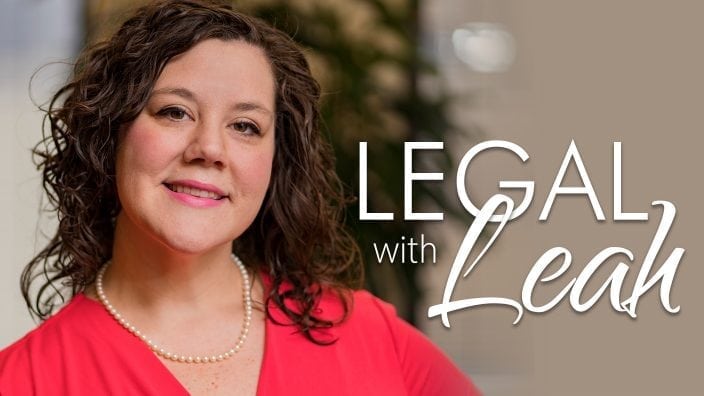
Update: As of Feb. 27, 2025, the Financial Crimes Enforcement Network announced no fines, penalties or enforcement action will be taken against companies based on failure to file or update BOI by March 21.
Read More

Update: As of Feb. 27, 2025, the Financial Crimes Enforcement Network announced they would not issue any fines or penalties or take enforcement action against companies based on failure to file or update beneficial ownership information reports by the March 21, 2025, deadline.
Read More

Update: As of Feb. 27, 2025, the Financial Crimes Enforcement Network announced they would not issue any fines or penalties or take enforcement action against companies based on failure to file or update beneficial ownership information reports by the March 21, 2025, deadline.
Read More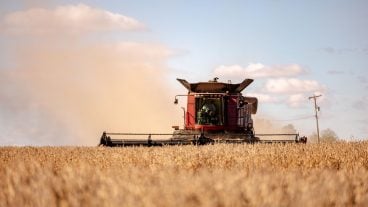
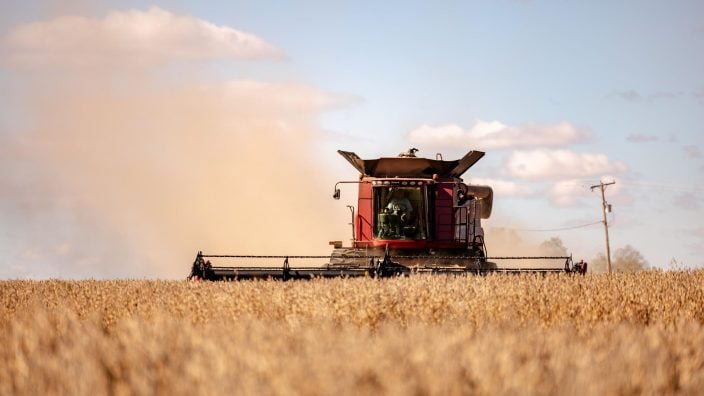
Update: As of Feb. 27, 2025, the Financial Crimes Enforcement Network announced they would not issue any fines or penalties or take enforcement action against companies based on failure to file or update beneficial ownership information reports by the March 21, 2025, deadline.
Read More
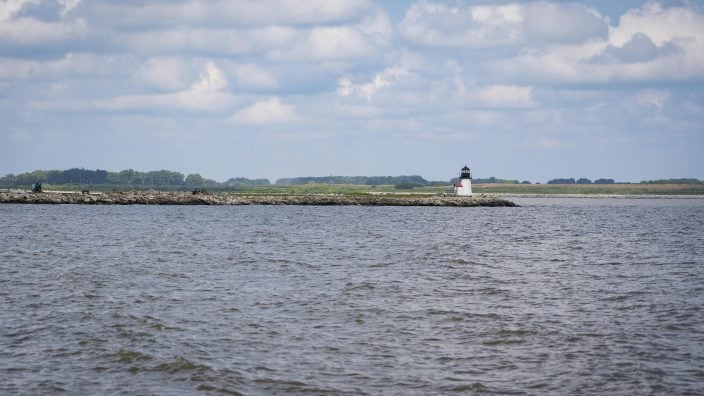
A group of 11 ag coalition partners, including Ohio Farm Bureau, has its own counsel and will be advocating, accurately representing agriculture and what is actually happening in Ohio in terms of water quality.
Read More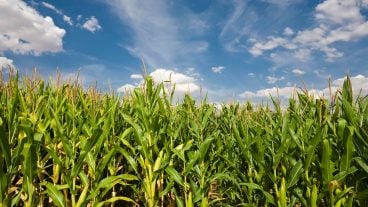
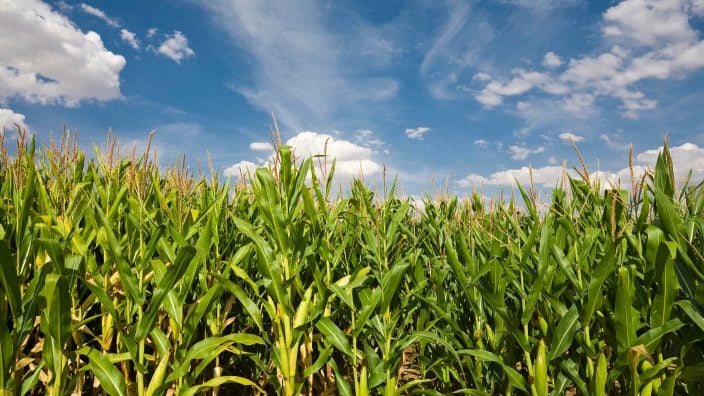
An upward trend in CAUV values and significant increases in soil values for 2024 apply only to counties that are being reappraised or updated in 2024.
Read More